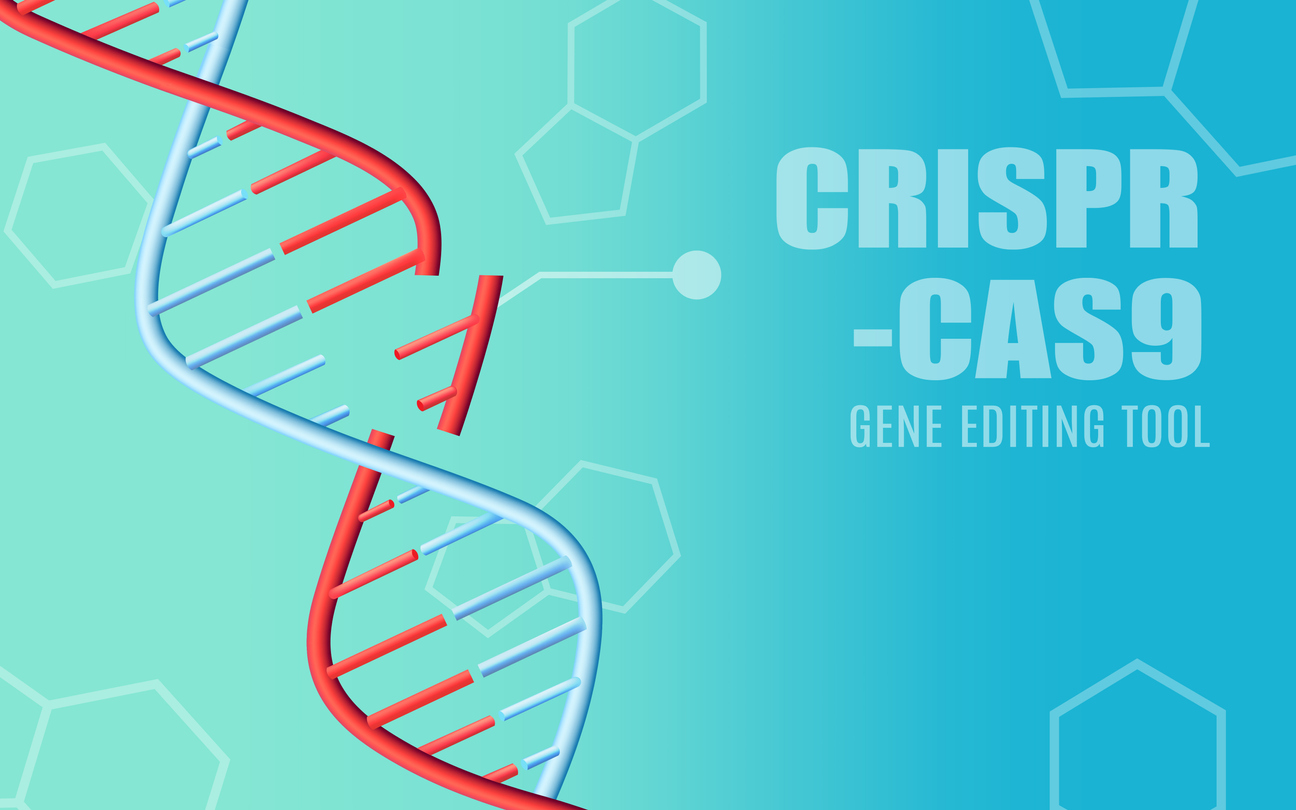
New Protocol: Genome Editing Using Rice Zygotes
June 17, 2020| |
Researchers from Tokyo Metropolitan University presented a new protocol for CRISPR-Cas9‐based genome editing using rice zygotes. This addresses some technical hurdles faced in the application of gene-editing technology. The description of the technique is published in Current Protocols.
Genome-editing technology for targeted mutagenesis of plants using programmable nucleases has been extensively used for next-generation plant breeding. Just like any new technology, there are some technical challenges in the application, such as low rate of macromolecule delivery into plant cells and tissues or difficulties in plant transformation and regeneration. Thus, Erika Roda and Takashi Okamoto developed a new protocol using rice zygotes. The genome-editing system is developed via polyethylene glycol/calcium‐mediated transfection with CRISPR-Cas9 components in rice zygotes, which are produced by in vitro fertilization of isolated rice gametes. The plasmid DNA harboring a CRISPR-Cas9 expression cassette or preassembled Cas9 protein–guide RNA ribonucleoproteins are transfected into zygotes, leading to the regeneration of plants with a high frequency of the targeted mutation.
This new protocol has the potential to improve the molecular breeding methods of rice and other crops.Read more in Current Protocol.
| |
You might also like:
- Researchers Control Rice Hull Color via CRISPR
- Tungro-Resistant Rice Developed through CRISPR-Cas9
- Pocket K No. 54: Plant Breeding Innovation: CRISPR-Cas9
Biotech Updates is a weekly newsletter of ISAAA, a not-for-profit organization. It is distributed for free to over 22,000 subscribers worldwide to inform them about the key developments in biosciences, especially in biotechnology. Your support will help us in our mission to feed the world with knowledge. You can help by donating as little as $10.
-
See more articles:
-
News from Around the World
- Soil Health Trailblazer is 2020 World Food Prize Laureate
- Genome Editing 101: Healthcare and Industrial Applications and Regulations
- Australian OGTR Authorizes Clinical Trial of GM Influenza Vaccine
- World Experts Release Roadmap for Next Generation Crops
-
Research Highlights
- Israeli Scientists Discover Possibilities of Plant-Sustained Electricity
- Study Reveals Transgenic Goats Can be Used to Produce Antibodies Against Cancer
- OsCpn60β1 Vital for Chloroplast Development in Rice, Study
-
Plant
- High-Efficiency Reduction of Rice Amylose Content via CRISPR-Cas9-Mediated Base Editing
- New Protocol: Genome Editing Using Rice Zygotes
-
Health
- Scientists Find Super-potent Human Antibodies from Recovered COVID-19 Patients
-
Read the latest: - Biotech Updates (December 17, 2025)
- Gene Editing Supplement (December 17, 2025)
- Gene Drive Supplement (February 22, 2023)
-
Subscribe to BU: - Share
- Tweet

